|
|
||||||||
|
This page is dedicated to the development of the Dräger
Tauchretter and the English DSEA (Davis Submarine Escape Apparatus). The
reason this page was made is information I received from Joe. Joe is a
collector of pre- and postwar Tauchretters and even owns some WWII models.
In what way are Tauchretter different from normal oxygen rebreathers? Well
in fact they are not. Only the intended use is different since they were
used by submarine crews to save there life when they need to escape there
submarine. That brings us to the point of Hyperoxia. Most of my readers are
aware that breathing oxygen under high pressure can cause Hyperoxia.
Commonly a limit of 6 meters depth is accepted as a safe depth when
breathing oxygen. Would that be very useful when escaping a submarine? Later during the 60's the escape sets were equipped with Nitrox and oxygen to make escaping more safe! Strange enough the concept was not new since the 1914 DM2 unit was equipped with Nitrox and oxygen in separate bottles already! This page shows photos of German and English training and tests performed by these brave men, and some pictures of escape units through made during many years. If you are searching for detailed information about Dräger Tauchretters I would recommend you to visit Joe's Tauchretter pages. His website is a fantastic source for extremely detailed information about these units. He also has worth full tips how to distinguish true and fake escape sets.
|
||||||||
 |
||||||||
| The 1941 Tauchretter manual says; When escaping from 30-100 meter of depth the counterlung has to be filled with 3 breath of air. Then add pure oxygen each 5 to 10 minutes.
|
||||||||
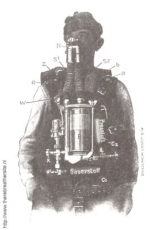 |
 |
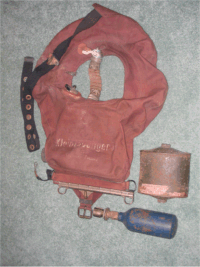 |
 |
 |
||||
| German 1914 | German 1929 | German 1940 | German 1960 | German 1966 | ||||
 |
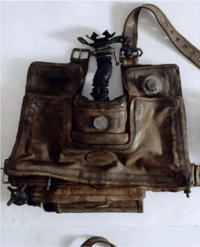 |
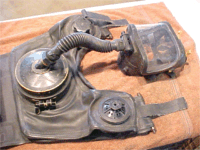 |
 |
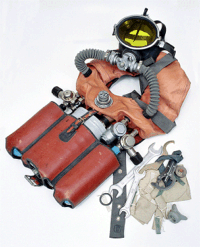 |
||||
| UK SG -Amphibian 1914 | UK-SG DSEA 1940 | UK S-GUniversal 1950's | USA 1930 Momsenlung | USSR IDA59 | ||||
 |
||||||||
| Submarines of the Shark, Severn
and Clyde class where equipped with the Davis escape chamber For that purpose a training chamber was build. |
||||||||
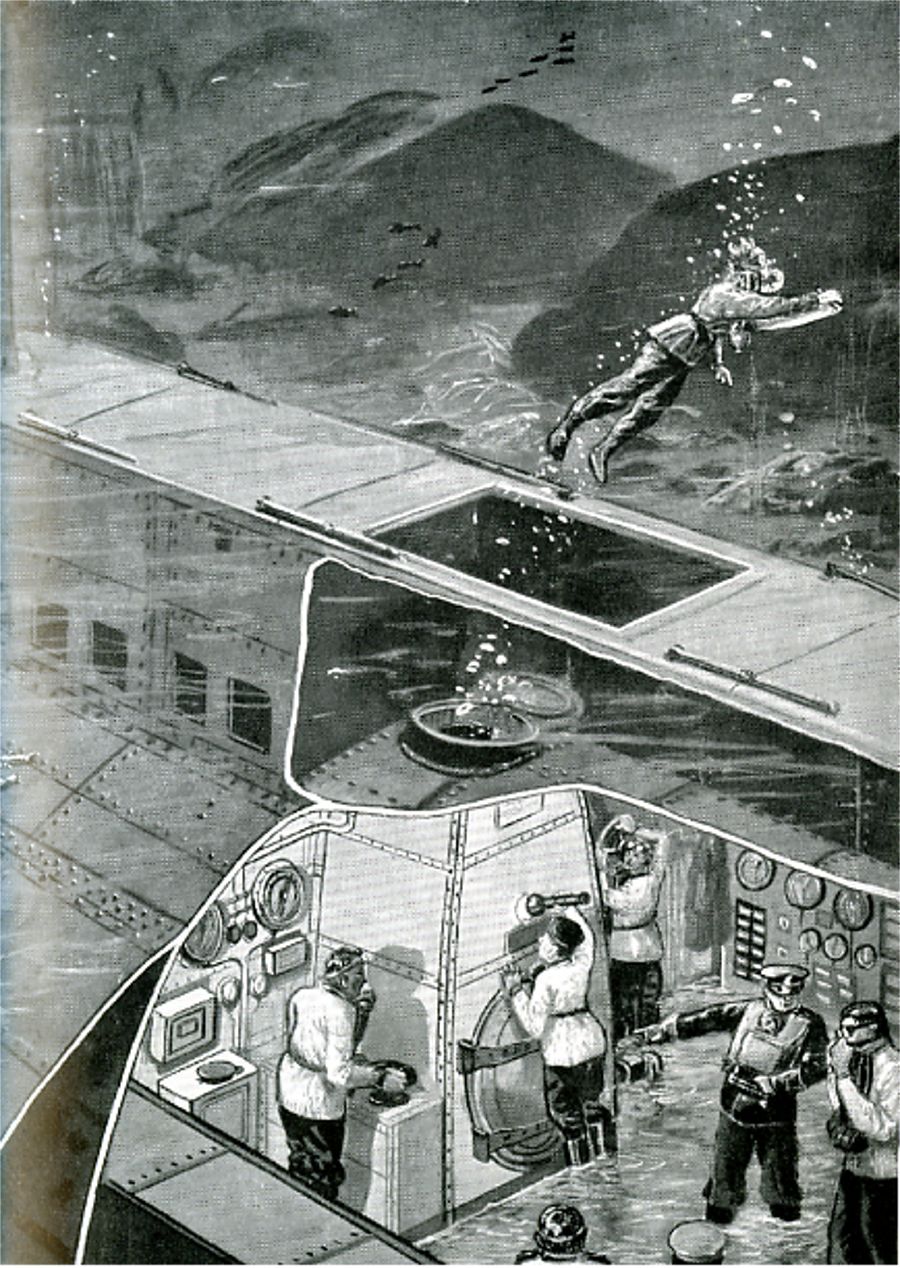 |
||||||||
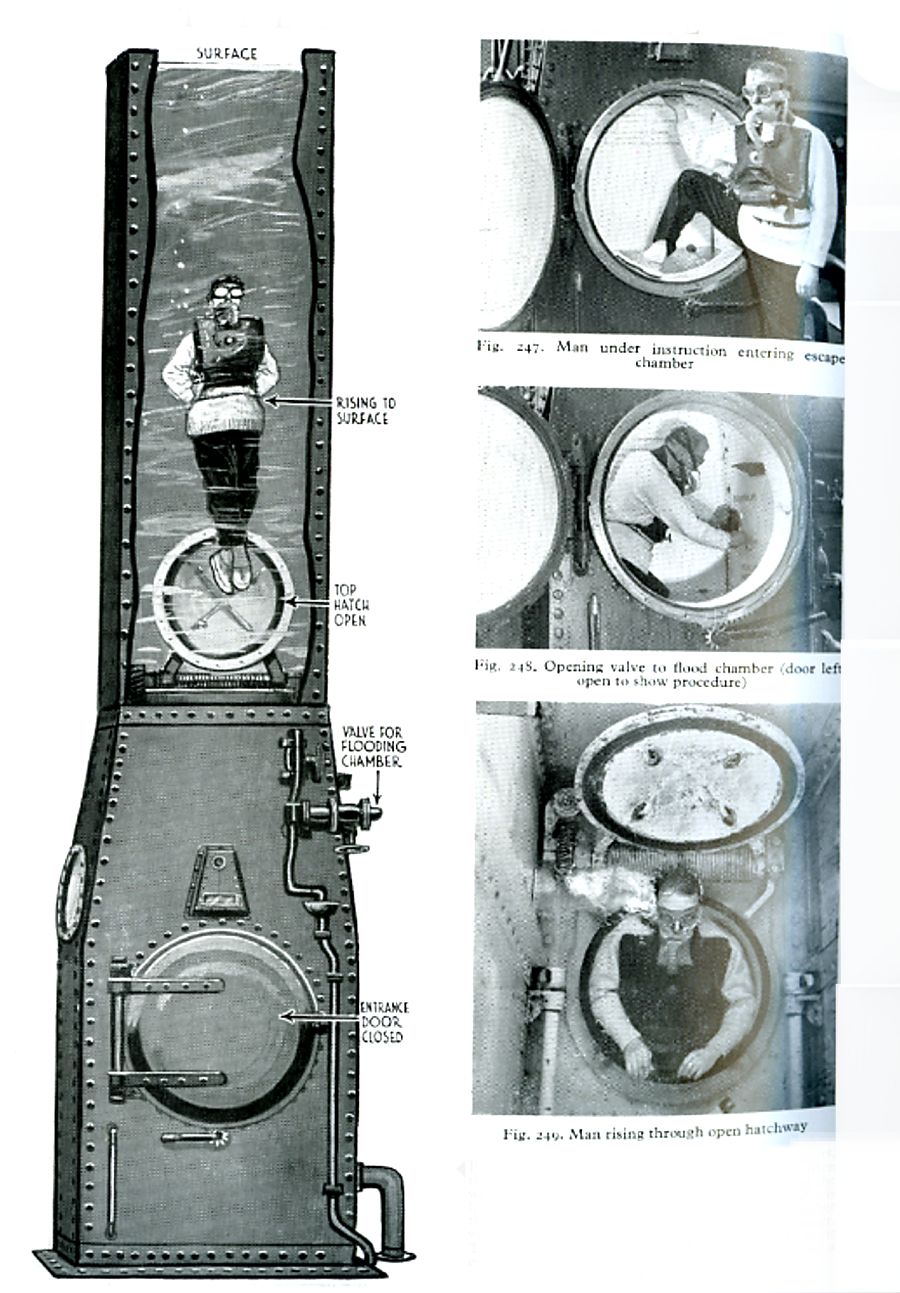 |
||||||||
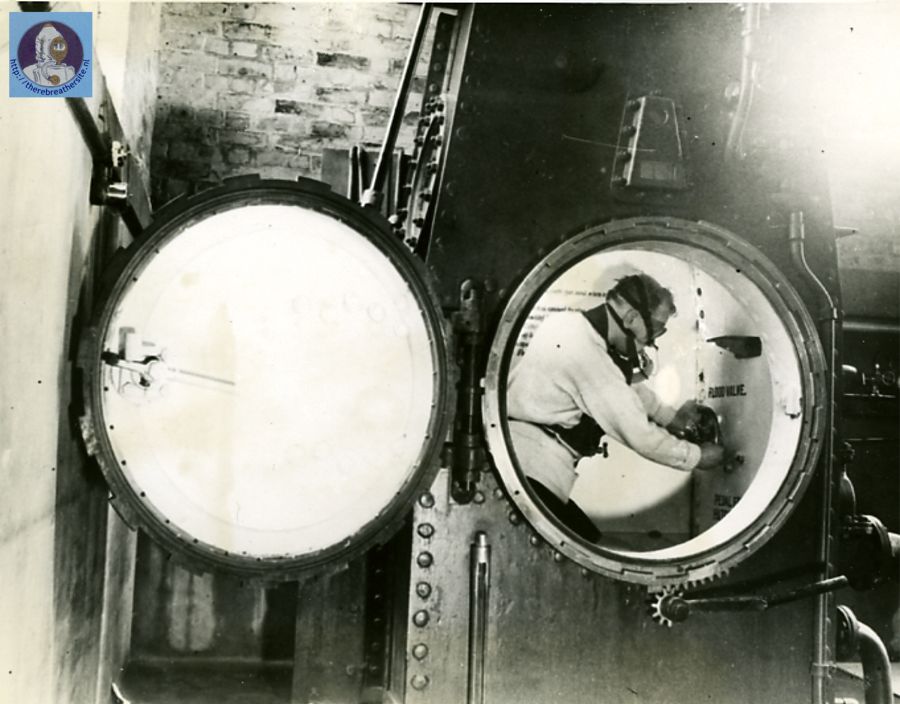 |
||||||||
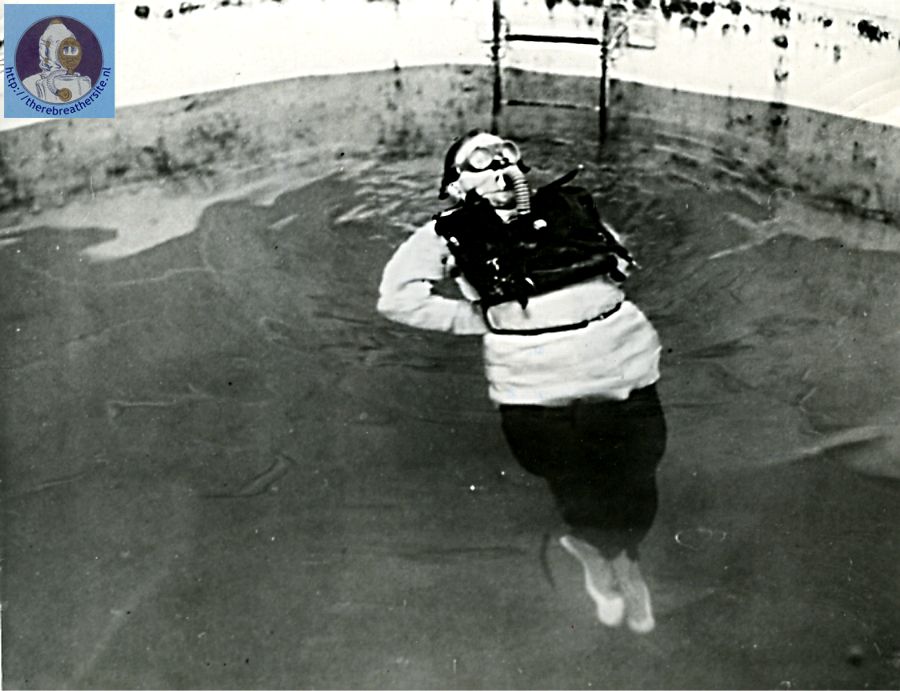 |
||||||||
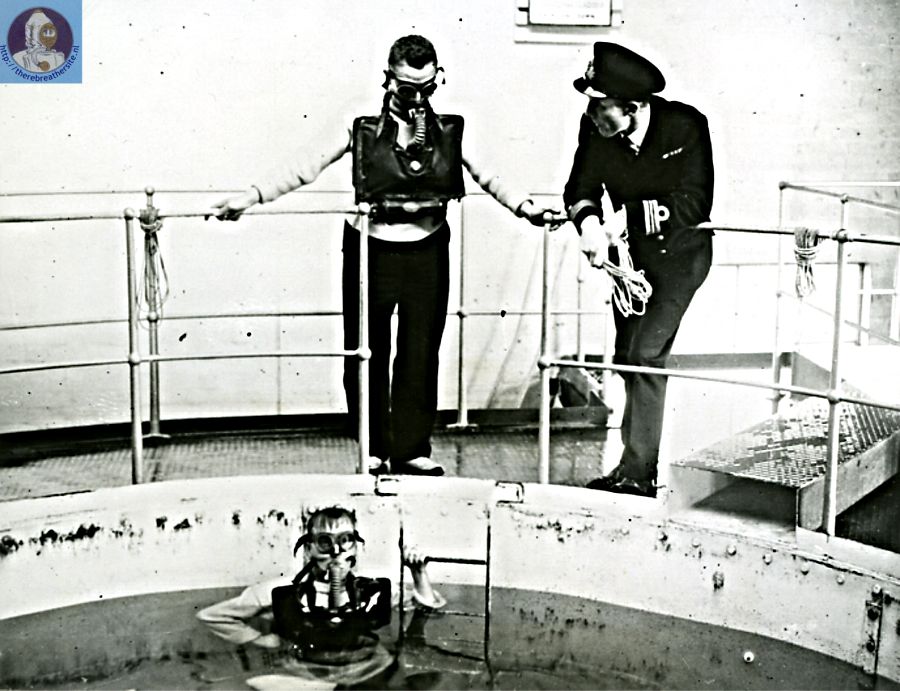 |
||||||||
|
Sources: 1) Private photo collection |
||||||||
|
||||||||
